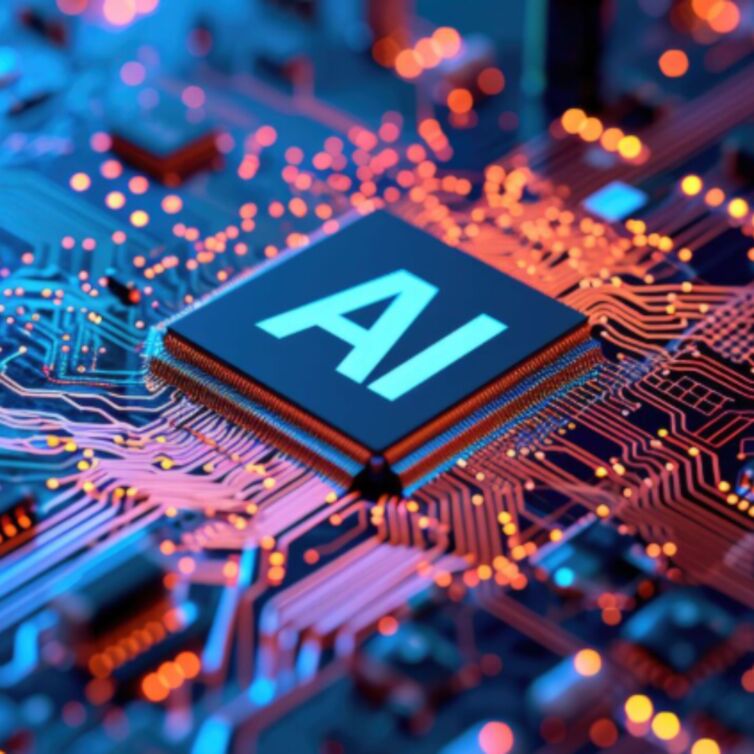Sustainable Healthcare with AI & Robotics
BrightTree Studios Earth Month 2024 | April 1, 2024
As our world continues through a digital transformation with AI and robotics, it’s crucial to explore how these advancements can be harnessed to uplift society.
As AI’s presence persists, the skepticism wanes, and interest grows in its potential to positively impact daily lives.
The healthcare industry stands as one of the prime candidates to significantly benefit from the convenience offered by AI and robots.
We’ve explored the digitization of the hospital experience, pioneering the industry with our expertise in AV, IT/telecom, security, and acoustics.
From envisioning the future of digital hospitals to sharing real-life emotional moments in the healthcare journey, we’ve also covered creating a more comfortable experience for the healthcare workers.
Recognizing the emotional challenges faced by patients and healthcare workers in hospitals, we must push through boundaries in technology design.
Our focus on leveraging AI and robots aims to alleviate daily stressors and create a more sustainable place for all involved.
In our previous articles, we’ve discussed the impact of a centralized system. The centralized system is a large portion of digitizing a hospital environment and has many possible moving parts.
But overall, this is the first step to a more convenient hospital environment from floor to floor.
The centralized system would be a large video wall displaying all the necessary information for monitoring each patient room on that floor, including tasks such as delivering ice, tracking a patient’s vitals, fluid replacements, etc.
In current hospitals, various systems are monitored but not in a centralized location. Nurses must physically navigate from room to room. As a result, patients may experience longer wait times for their needs to be met, especially if a floor is full.

Centralizing patient information on a large video wall will streamline operations for nurses and doctors, reducing the need for excessive movement.
They can easily identify patients requiring ice or fluid replacement without physically checking each room, saving valuable time and resources.
The system’s complexity can be tailored to your needs. It can include tracking nurses and doctors, allowing you to monitor who is assisting patients or their current location.
This enables efficient dispatching of healthcare workers to other patients in need within the vicinity.
Artificial intelligence, integrated with the tracking system, can predict patterns for each patient’s fluid levels and medication needs.
Additionally, it can forecast the hospital’s busyness at specific times, enhancing overall efficiency and proactive patient care.
In patient rooms, specific buttons can be installed for simple requests such as ice or meal delivery. When activated, a robot can promptly fulfill these requests, minimizing disruptions to nurses and ensuring efficient care for all patients.
Robots can efficiently deliver daily necessities to patients in high-risk areas of the hospital, eliminating the need for nurses to enter rooms and reducing PPE (personal protection equipment) consumption.
This approach minimizes waste and decreases foot traffic in patient areas, optimizing workflow for healthcare providers.
For larger needs, implementing a video call button on the patient room’s video wall allows for immediate interaction with a nurse.
This maintains a personal connection, enabling patients to express their needs and concerns, while also reducing unnecessary waste of PPE.
Robots can also serve as guides for wayfinding in hospitals and doctor’s offices, offering a convenient alternative to smartphone apps.
While digital solutions are effective for some, many individuals still face challenges with app usage.
Implementing robots for check-ins and navigation not only enhances convenience but also optimizes staffing resources for more critical tasks within the healthcare facility.
Integrating AI and robots into the hospital environment might raise concerns for some, but the rapidly advancing landscape of technology solutions offers tangible benefits.
By embracing these innovations, we aim to contribute to less waste, alleviate stress for healthcare professionals, promoting productivity and providing a more peaceful, comforting experience for patients.
For more of our insights on healthcare technologies checkout the full digital hospital experience.





